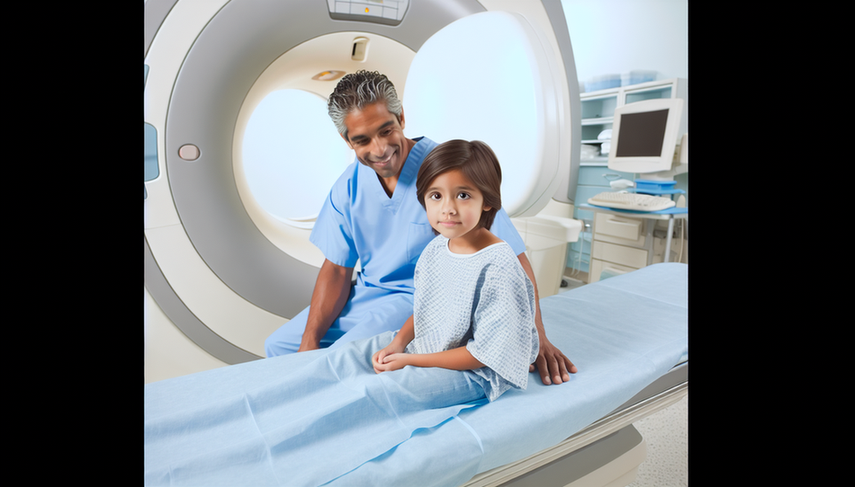Early Detection of Medulloblastoma in Children: The Role of Brain Imaging in Diagnosing Ataxia and Morning Vomiting
The medulloblastoma is the most common malignant brain tumor in childhood, representing a significant challenge in pediatric diagnosis due to its varied and often nonspecific clinical presentation. Initial symptoms may include ataxia and morning vomiting, which can delay diagnosis if not adequately considered. Early detection is crucial for improving therapeutic outcomes and the quality of life for young patients.

The Importance of Brain Imaging in Diagnosis
Brain imaging plays a fundamental role in the identification and characterization of medulloblastomas. Magnetic resonance imaging (MRI) is the tool of choice for initial diagnosis, allowing for a detailed assessment of the tumor's location and extent. Recent studies have shown that diffusion-weighted imaging (DWI) may be more sensitive than contrast imaging for detecting medulloblastoma recurrences, especially in cases of unenhanced leptomeningeal metastatic disease.
Additionally, intraoperative MRI has emerged as a powerful tool to guide surgical resection, increasing the likelihood of total tumor resection and reducing the need for early reoperations. The identification of molecular subgroups through MRI characteristics is also gaining traction, which could influence therapeutic decisions and improve long-term outcomes.
Conclusions
Early detection of medulloblastoma in children is essential for improving clinical outcomes and survival rates. The integration of advanced brain imaging techniques into the diagnostic process not only facilitates accurate tumor identification but also allows for better treatment planning. As technology advances, the ability to detect and characterize these tumors more effectively will continue to improve, offering hope to patients and their families.
Referencias
- [1] MRI features as a helpful tool to predict the molecular subgroups of medulloblastoma: state of the art.
- [2] Early detection of recurrent medulloblastoma: the critical role of diffusion-weighted imaging.
- [3] 3T intraoperative MRI for management of pediatric CNS neoplasms.
Created 13/1/2025
